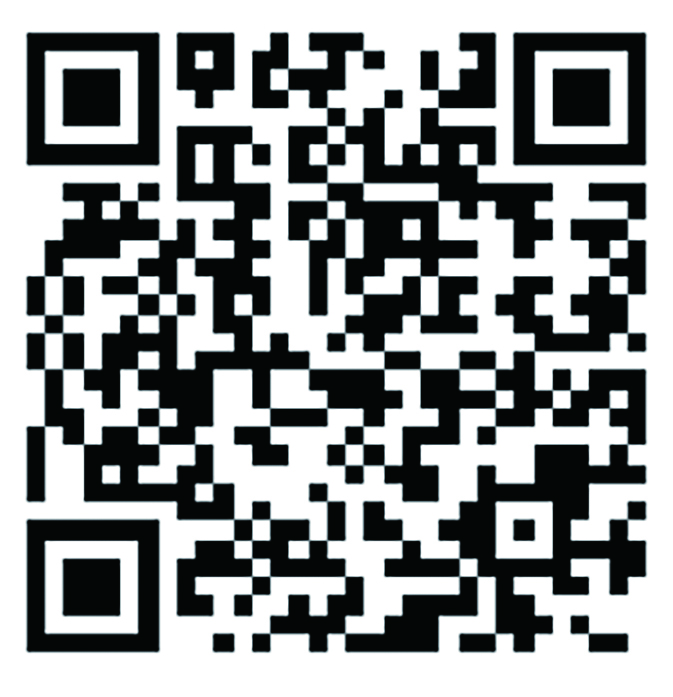目的探讨振幅整合脑图(aEEG)监测判断新生儿急性胆红素脑病(ABE)早期脑损伤和预后的价值。方法选取50例ABE患儿为研究对象,对患儿进行aEEG监测和脑干听觉诱发电位(BAEP)检查,随访观察患儿生长发育情况,记录患儿预后。通过对ABE患儿aEEG监测结果与BAEP检查结果的关系以及ABE患儿aEEG监测结果与患儿预后的关系进行Spearman秩相关分析,绘制aEEG监测结果判断ABE患儿脑损伤严重程度和预后的ROC曲线,分析根据aEEG监测结果判断ABE患儿脑损伤严重程度和预后的价值。结果ABE患儿aEEG监测的背景活动情况(轻度或重度异常)与BAEP检查结果(轻度、中度或重度异常)呈正相关(r=0.842);aEEG监测的睡眠—觉醒周期(SWC,成熟、不成熟或无SWC)与BAEP检查结果(轻度、中度或重度异常)呈正相关(r=0.596)。ABE患儿的aEEG监测的背景活动情况(轻度或重度异常)与患儿预后(正常发育、发育迟缓或死亡)正相关(r=0.428),aEEG监测的SWC(成熟、不成熟或无SWC)与患儿预后(正常发育、发育迟缓或死亡)正相关(r=0.565)。以aEEG监测的背景活动情况判断患儿脑损伤严重程度的AUC为0.596,敏感度为1.000,特异度为0.391;以aEEG监测的SWC判断患儿脑损伤严重程度的AUC为0.861,敏感度为0.950,特异度为0.735。以aEEG监测的背景活动情况判断患儿预后的AUC为0.601,敏感度为0.917,特异度为0.447;以aEEG监测的SWC判断患儿预后的AUC为0.640,敏感度为0.917,特异度为0.574。结论进行aEEG检测,根据背景活动情况以及SWC有助于对ABE患儿脑损伤的严重程度进行比较准确的评估;但根据aEEG监测结果判断患儿预后具有一定的局限性。
当前位置:首页 / 振幅整合脑图监测判断新生儿急性胆红素脑病早期脑损伤及预后的价值分析
论著
|
更新时间:2019-08-30
|
振幅整合脑图监测判断新生儿急性胆红素脑病早期脑损伤及预后的价值分析
Value of amplitude-integrated encephalogram diagnosing neonates with early brain injury and prognosis in acute bilirubin encephalopathy
内科 201914卷04期 页码:433-436
作者机构:广州市花都区妇幼保健院(胡忠医院)新生儿科,广东省广州市510800
基金信息:
- 中文简介
- 英文简介
- 参考文献
ObjectiveTo investigate the value of amplitude-integrated encephalogram (aEEG) in the diagnosis of neonates with early brain injury and prognosis in neonatal acute bilirubin encephalopathy (ABE). MethodsA total of 50 cases of neonates with ABE were selected as the study objects, performing aEEG monitoring and brain-stem auditory evoked potential (BAEP) examination on these neonates. The growth and development of children were followed up and observed, then the prognosis of neonates was recorded. Spearman′s rank correlation analysis was conducted to analyze the relationship between the results of aEEG monitoring and BAEP examination, and the relationship between the results of aEEG monitoring and prognosis on neonates with ABE. The receiver operating characteristic (ROC) curve, which in accordance with aEEG monitoring results was determined the severity of brain injury and prognosis in neonates with ABE, was drawn, then analyzing the severity of brain injury and value of prognosis in ABE neonates in terms of aEEG monitoring results. ResultsBackground activity of aEEG monitoring in ABE neonates (mild or severely abnormal) was positively correlated with BAEP examination results (mild, moderate or severely abnormal) (r=0.842), and sleep-wake cycle (SWC) of aEEG monitoring (mature, immature or no SWC) was positively correlated with BAEP examination results (mild, moderate or severely abnormal) (r=0.596). Background activity of aEEG monitoring in ABE neonates (mild or severely abnormal) was positively correlated with prognosis (normal development, stunting or death) (r=0.428), and SWC of aEEG monitoring (mature, immature or no SWC) was positively correlated with prognosis (normal development, stunting, or death) (r=0.565). The AUC of determining the severity of brain injury in neonates based on background activity of aEEG monitoring was 0.596, with the sensitivity 1.000 and the specificity 0.391. The AUC of determining the severity of brain injury in neonates based on SWC of aEEG monitoring was 0.861, with the sensitivity 0.950 and the specificity 0.735. The AUC of determining prognosis in neonates based on background activity of aEEG monitoring was 0.601, with the sensitivity 0.917 and the specificity 0.447. The AUC of determining prognosis in neonates based on SWC of aEEG monitoring was 0.640, with the sensitivity 0.917 and the specificity 0.574. ConclusionPerforming aEEG monitoring is helpful to comparatively accurately assess the severity of brain injury in ABE neonates according to background activity and SWC; however, it still has some limitations in determining the prognosis of ABE neonates based on aEEG monitoring results.
-
无




 注册
注册 忘记密码
忘记密码 忘记用户名
忘记用户名 专家账号密码找回
专家账号密码找回 下载
下载 收藏
收藏
